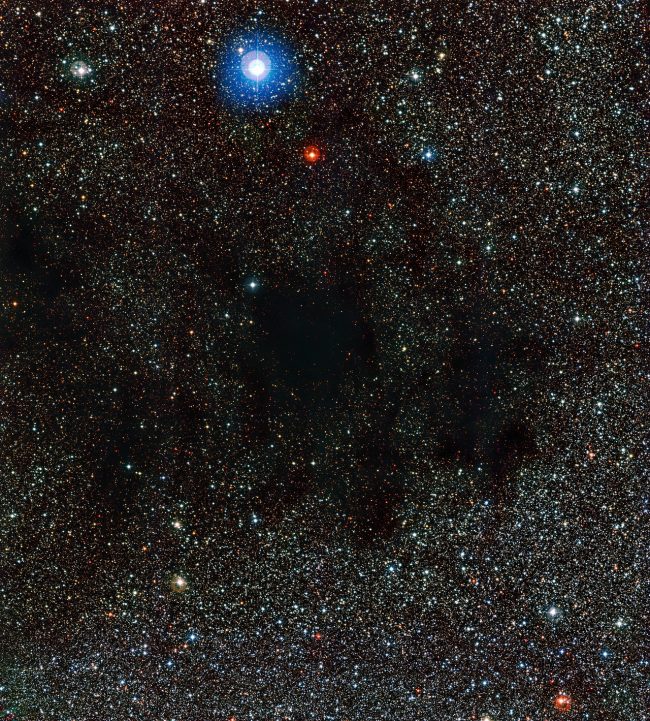
Plunge into the darker side of the night sky, and get to know dark nebulae. Dark nebulae – or absorption nebulae – are clouds of gas and dust in space that are dense enough to obscure and block light from background stars. These vast clouds are mostly composed of molecular hydrogen. They’re often locations where material is coalescing to form new stars. American astronomer Edward Emerson Barnard was the first to create a large catalog of 182 dark nebulae in the year 1919. Since then, hundreds more have been found and charted in our Milky Way galaxy.
Below are some of the best-known dark nebulae: favorites of observers and astrophotographers.
EarthSky 2022 lunar calendars now available! They make great gifts. Order now. Going fast!
The Great Rift
The Great Rift is frequently seen by stargazers with the eye alone from a dark-sky site. You know how in northern summer you can see the starry band of the Milky Way – the edgewise view into our own galaxy – stretched across the night sky? If you look closely, that starry band appear split into two longways by darkened lanes of obscuring dust. This is the Great Rift.

The Coalsack
The Coalsack is generally considered the easiest dark nebula to see, but you have to be in the Southern Hemisphere to see it. To those on the southern half of Earth’s globe, the Coalsack is visible visible to the unaided eye as a dark, cloudy patch in the Milky Way. It’s located in the famous constellation Crux the Southern Cross. Unfortunately for the majority of Earth’s population, the Coalsack Nebula is in Southern Hemisphere skies. Watch the video below and note the many dark clouds in the Milky Way as you zoom in to see the Coalsack.
The Horsehead Nebula
The Horsehead Nebula, or Barnard 33, is striking for its horsehead shape. It lies in the direction of the constellation Orion the Hunter. Find the Horsehead Nebula by looking for Orion’s Belt, the constellation’s prominent line of three stars. The easternmost belt star (the star farthest left on the belt when looking at Orion in the Northern Hemisphere) is the star Alnitak. Just south of Alnitak is the Horsehead Nebula. While famous, the Horsehead isn’t easy for amateurs to spot. You’ll need excellent seeing conditions, a large telescope and the help of a filter.
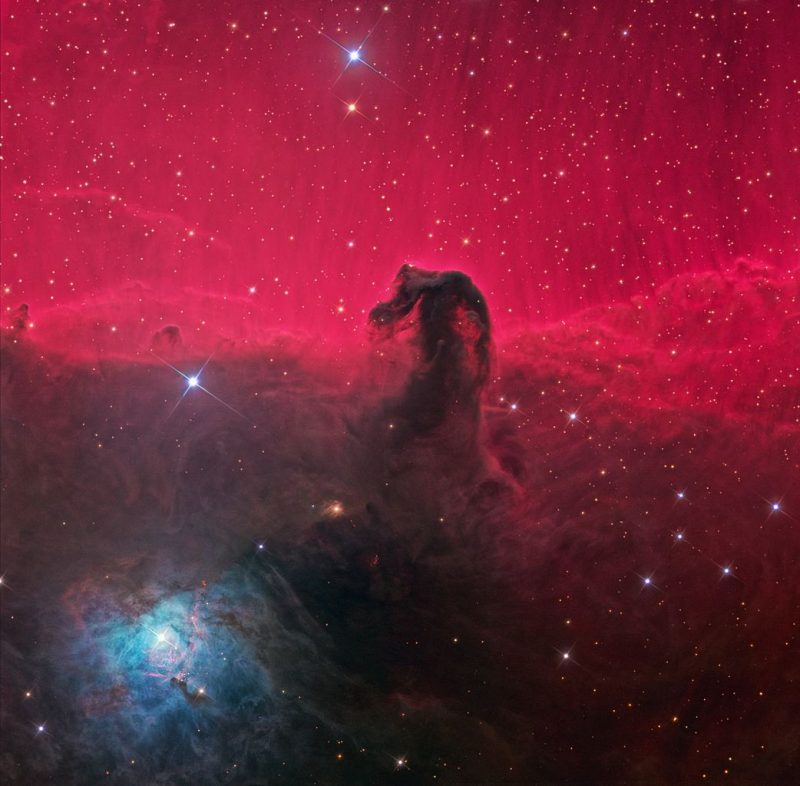
The Snake Nebula
The Snake Nebula, Barnard 72, is an S-shaped dark nebula, appropriately enough in the constellation Ophiuchus the Serpent Bearer. The dark blobs below the Snake Nebula are a type of dark nebulae with the name of Bok globules.

Bok globules
Smaller, isolated dark nebulae get their own designation: Bok globules. Bok globules are cool clouds of gas and dust that look like drops of black paint. Usually, multiple star systems are forming inside. Dutch-American astronomer Bart Bok gets credit for the discovery of Bok Globules. But he married fellow astronomer Priscilla Fairfield in 1929, and they collaborated from then on. The Royal Astronomical society said:
It is difficult and pointless to separate his achievements from hers.
An example of a Bok globule is Barnard 68. This dark absorption nebula of molecular gas is within the Milky Way galaxy. It lies in the direction of the constellation Ophiuchus at a distance of 500 light-years.
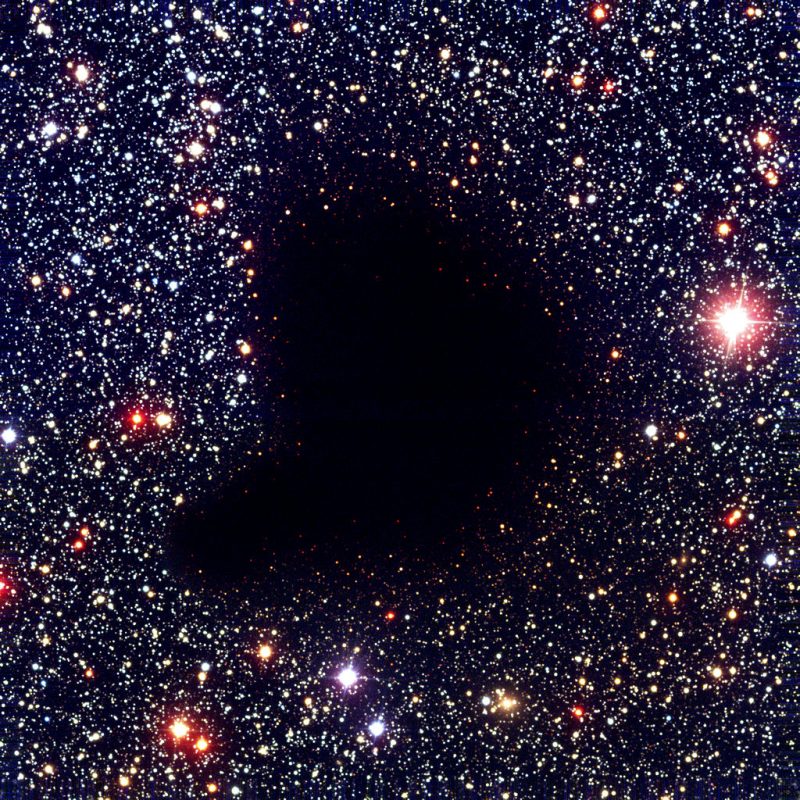
Dark nebulae in other galaxies
You can see dark nebulae in distant galaxies where a dark dust lane obscures part of a spiral arm or the bulge, such as in the Black Eye Galaxy. The Black Eye Galaxy – M64 – also has the nickname of the Evil Eye Galaxy. This spiral with huge swaths of absorbing dust lies in the direction of the constellation Coma Berenices. This galaxy lies 17 million light-years away.
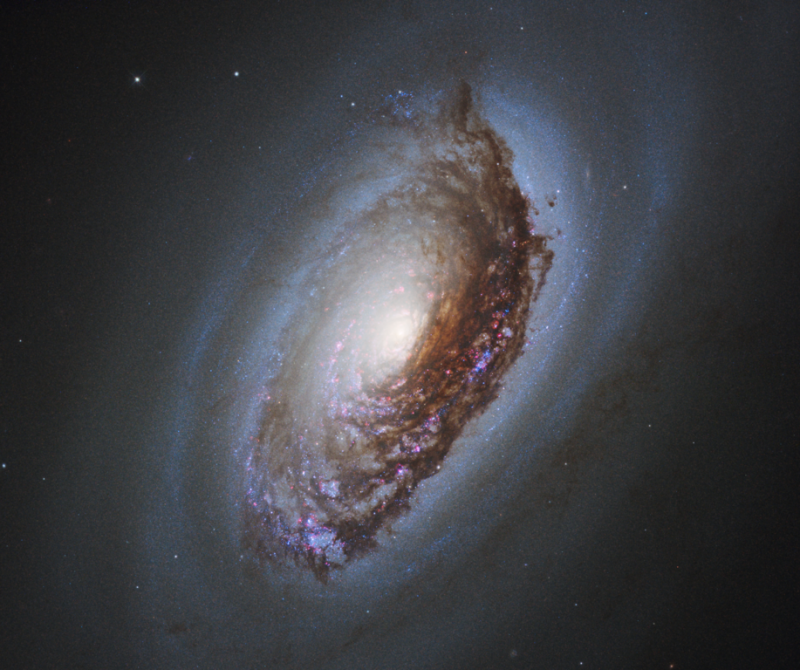
Bottom line: A dark nebula is a cloud of interstellar gas and dust that blocks light from background stars and other luminous objects. The Horsehead Nebula is a famous dark nebula.
The post Dark nebulae: Obscuring clouds of gas and dust first appeared on EarthSky.

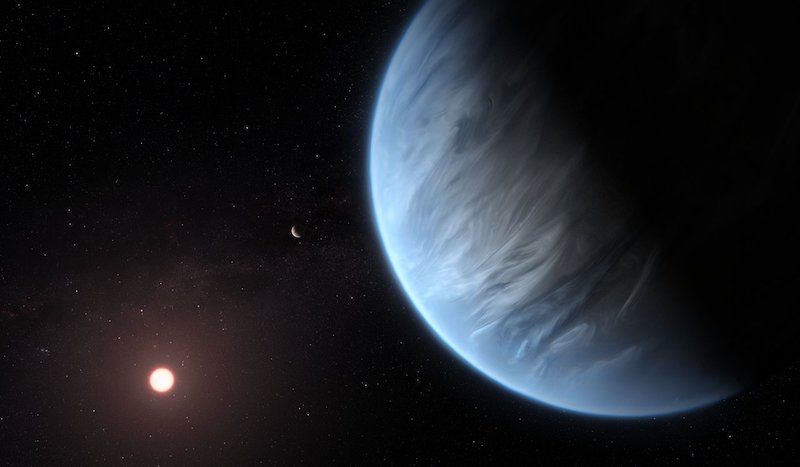

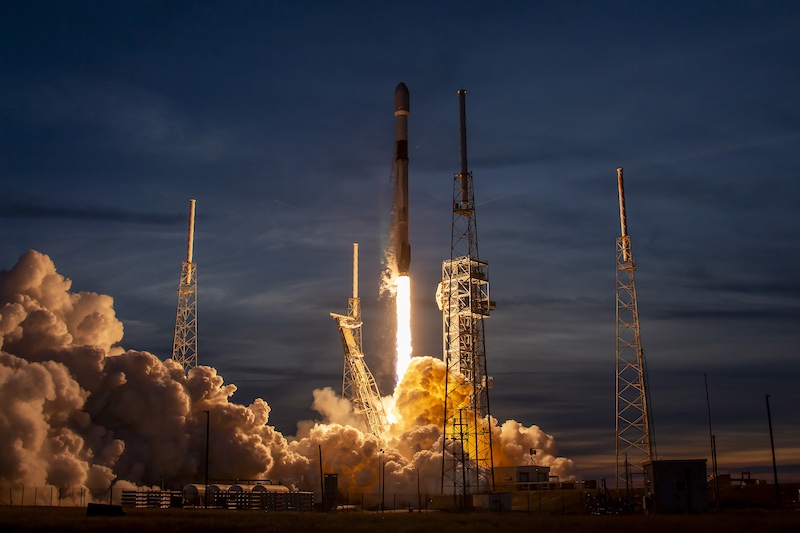
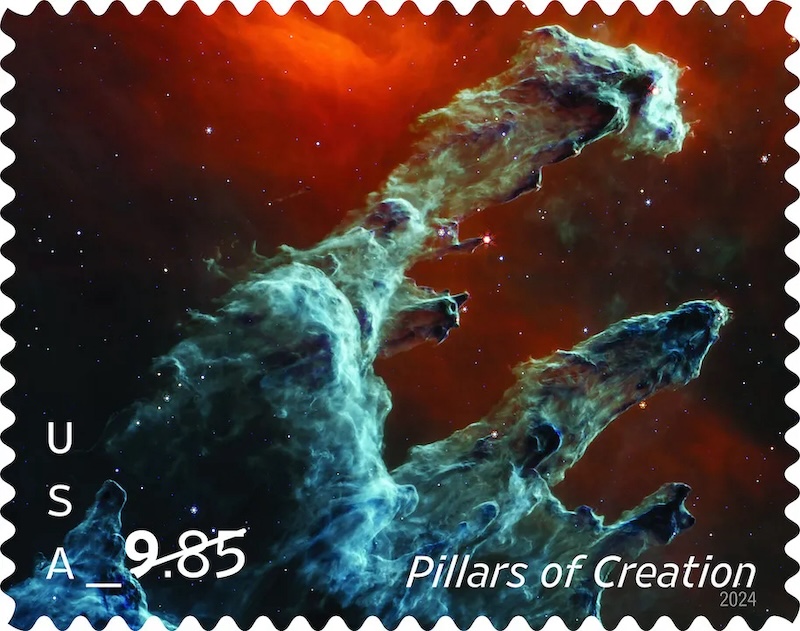
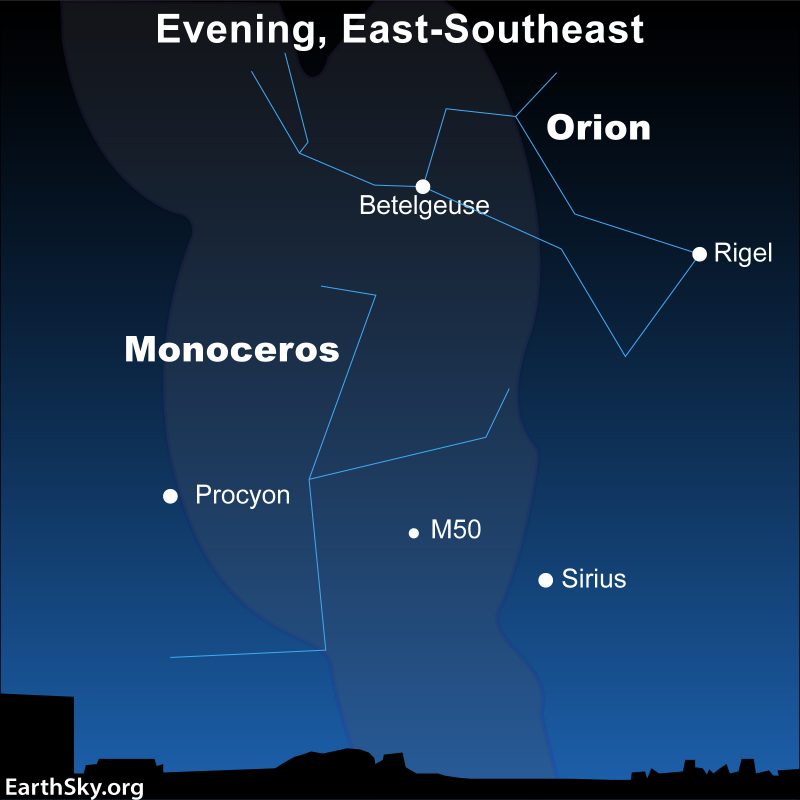
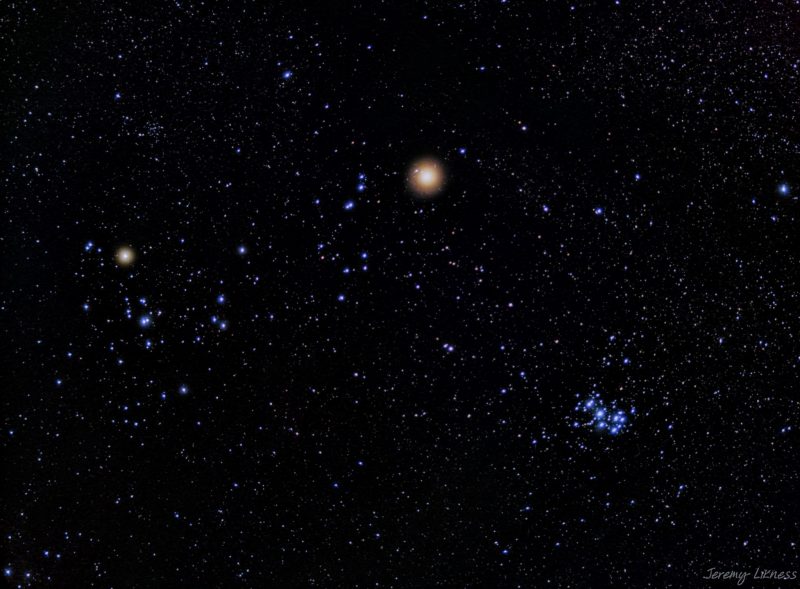
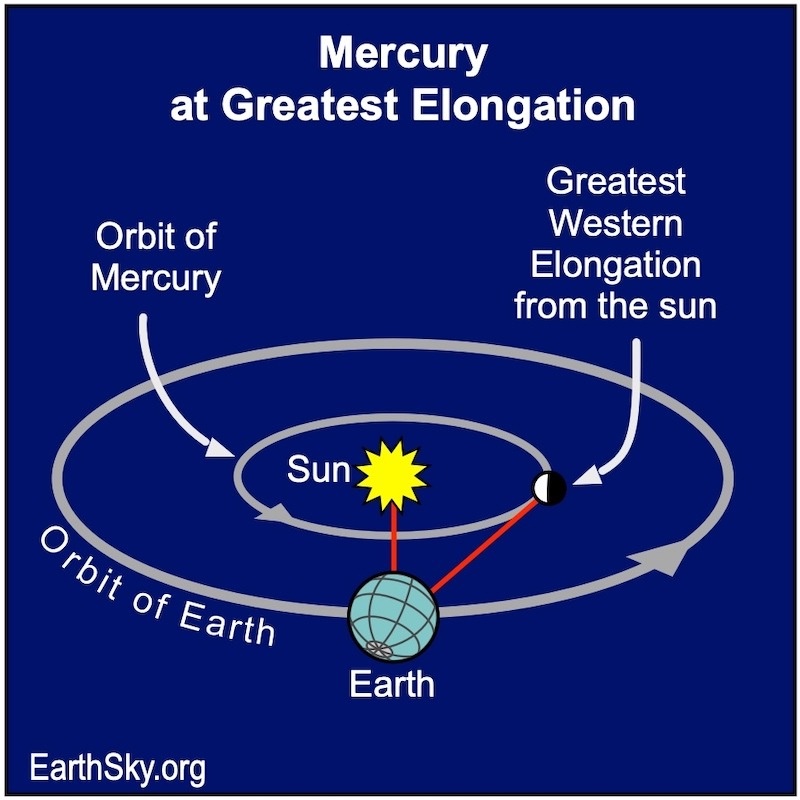
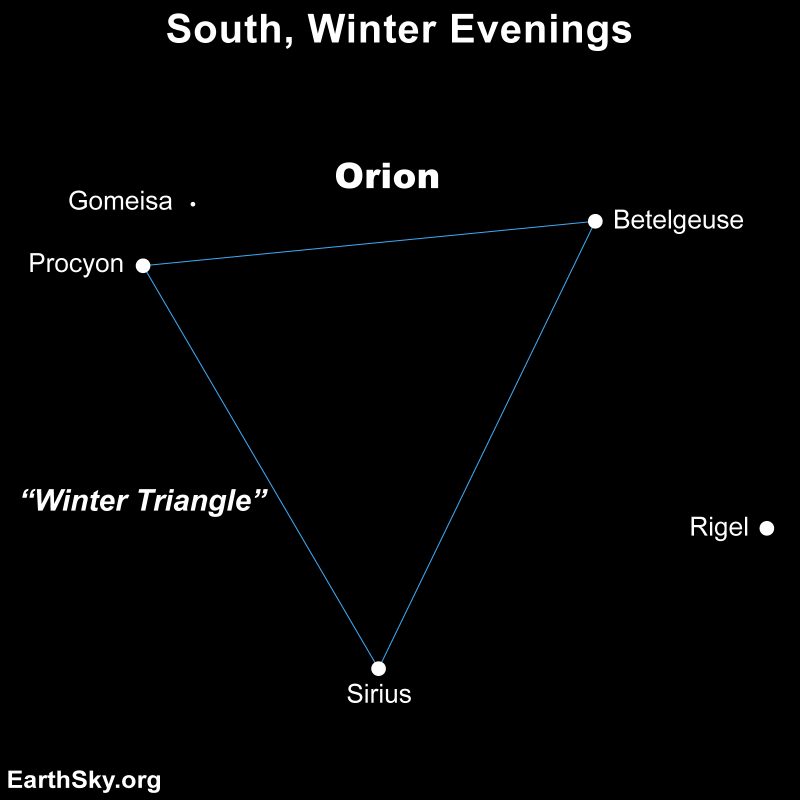

0 Commentaires